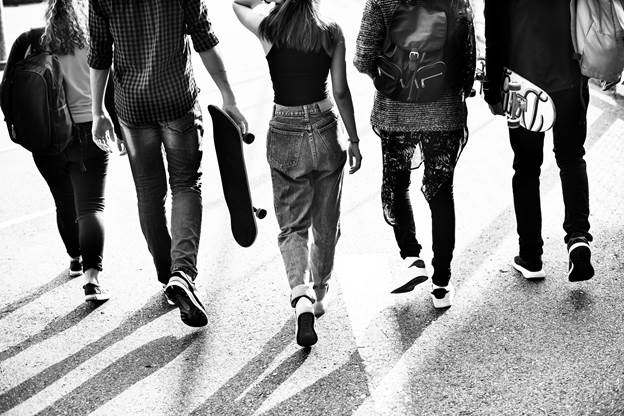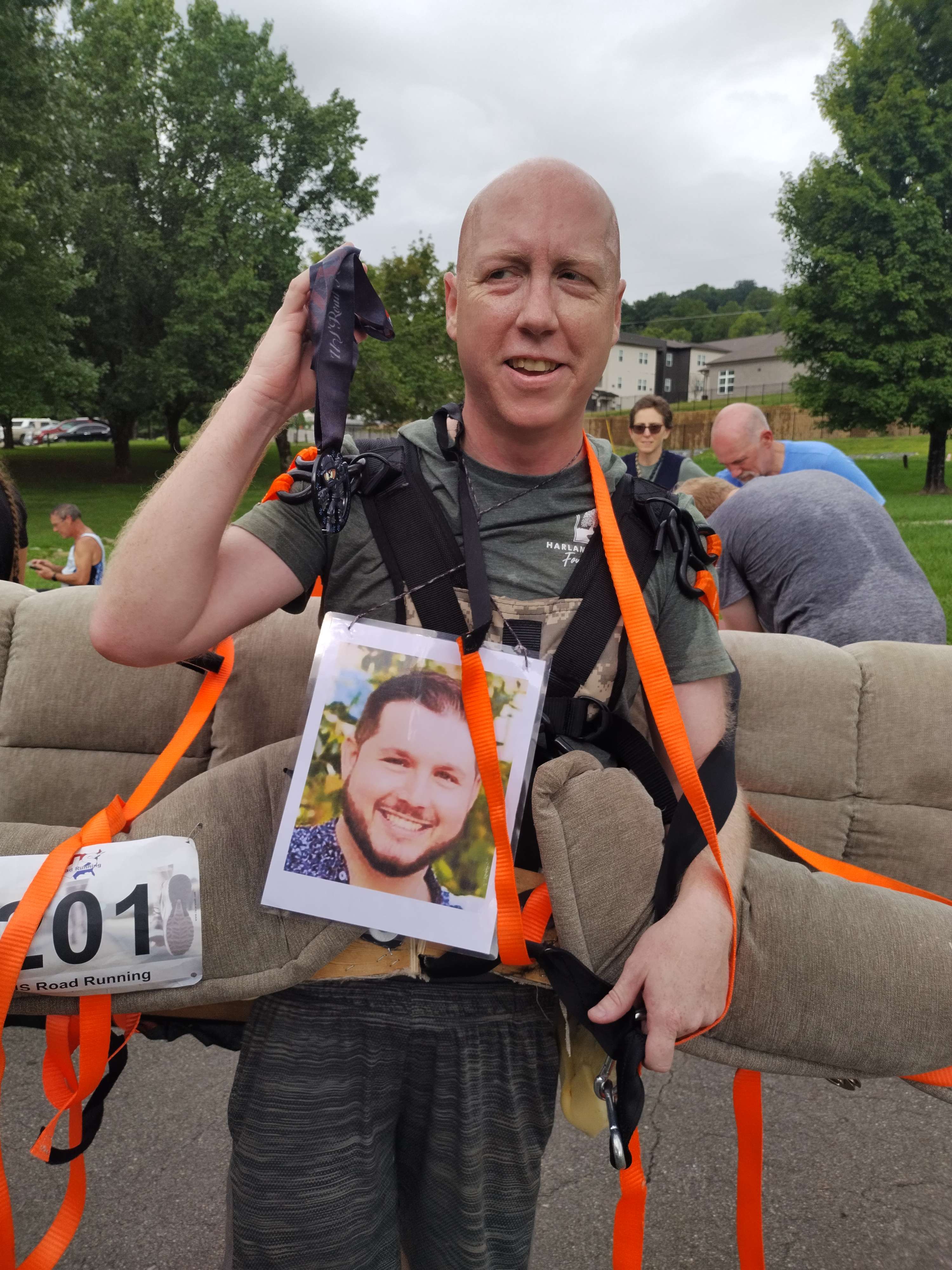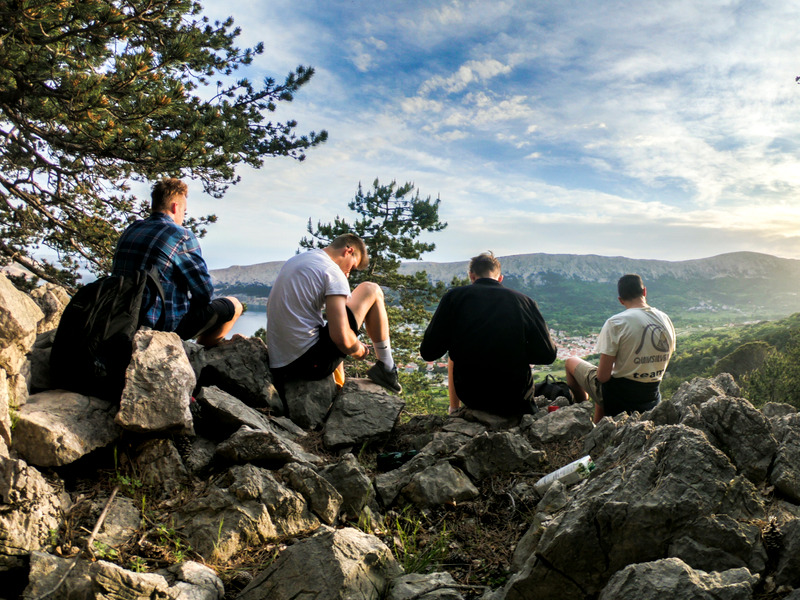Harlan Serenity Foundation provides partial scholarships to young people in the United States for wilderness programs assisting with addiction recovery.
Recent Posts
Nature and Gratefulness
As the year ends, we pause to honor the courage of the youth who showed up, leaned in, and chose growth—even when it was hard. This year reminded us that healing doesn’t happen in isolation—it happens in safe spaces, through shared stories, fresh air, and steady support.
In the wilderness, distractions fade and honest conversations begin. We’re grateful for every moment spent in nature and every story shared. Wilderness continues to be a powerful place for recovery, reflection, and renewal. This year reaffirmed our mission: partial scholarships to young people in the United States for wilderness programs assisting with addiction recovery; this because when young people are given space, support, and connection, recovery becomes possible.
Do Hard Things
I carried a couch. And I mean that quite literally. The couch is not a metaphor. Not a joke. You can see it in the picture. I am not bragging–ok, well, maybe a little. But in reality, I did it for Chris. I did it in memory of my brother. Interestingly, I’m not even the first to do it. It’s starting to become a tradition around remembering Chris–couches.
In 2024, a whole bunch of people carried a couch for chris. I wasn’t there. I wasn’t in very good shape. I didn’t want to go because I had work to do. And it would have been a burden on my family. Little did I know that my wife would get extremely ill that weekend and have to be rushed to the ER to save our baby. It worked out, but I missed out on something very important–something that would have meant a lot for the process of mourning Chris.
Giving Tuesday
Giving Tuesday is December 2, 2025
Giving Tuesday is a global day of generosity—a day when people and organizations around the world come together to make a difference.
For those of us in recovery, giving isn’t just one day—it’s part of our way of life. Every day we share our time, compassion, experience and strength to help one another heal. But on Giving Tuesday, the world joins us in that same spirit of generosity and hope.
Learning the Language of Unconditional Compassion
At 4 years sober, I thought I understood everything there was to know about substance use. I thought I had the compassion necessary to be of maximum help. I had learned the language of abstinence, where everything between the first high and entering sobriety was dead space. Space where there was no solution, where if a person is harming their body every day, their holistic health couldn’t really be managed. Everything could be addressed once they just stopped.
Giving Back
How a Career in the Behavioral Health Field Helped Launch My Recovery
My first job in sobriety was as a server in a restaurant in Asheville, North Carolina. I was not particularly good at it, nor was I motivated to improve. It was clear that food service wasn’t my calling. After a few weeks, I learned that a local youth wilderness therapy program was hiring field staff and I jumped at the opportunity. When they offered me a position for the summer, they must have been desperately short staffed. I was 23 years old, on an indefinite break from my bachelor’s degree, fresh out of rehab and still living in a halfway house. I did, however, possess one intangible quality that set me apart from the other instructor; I could relate to the clients.





